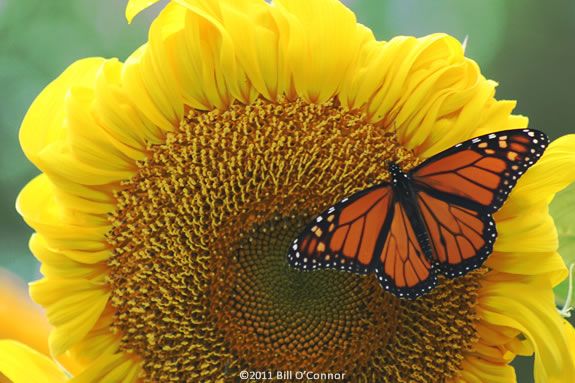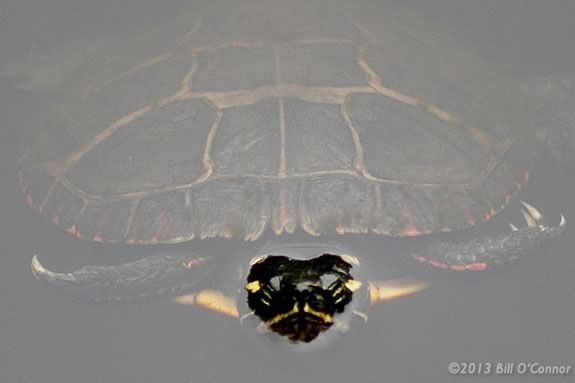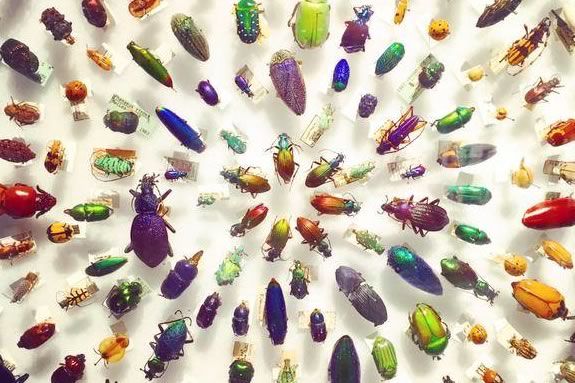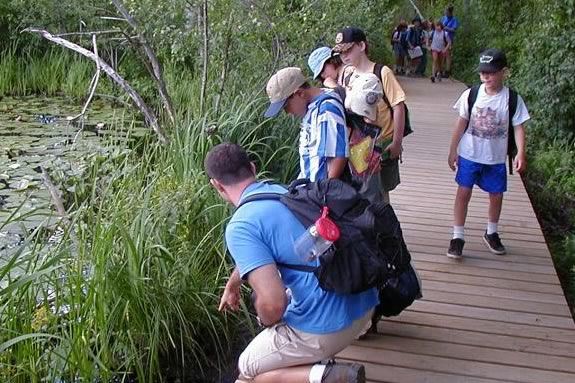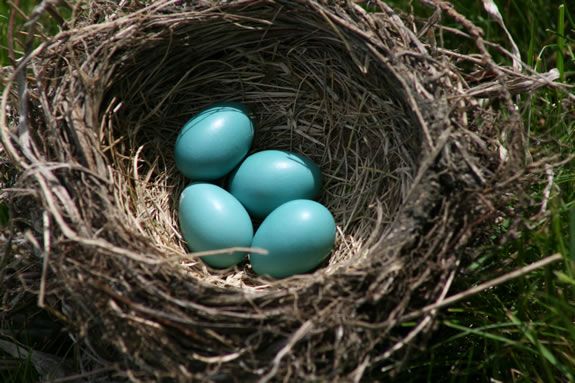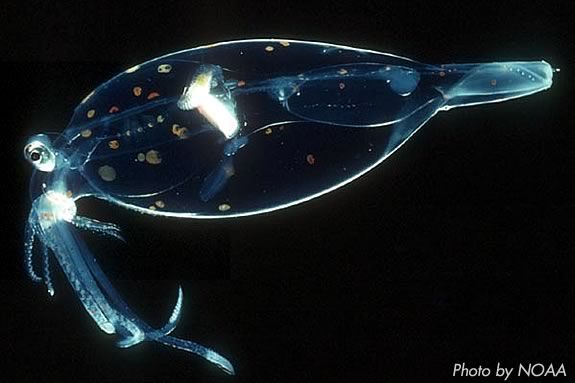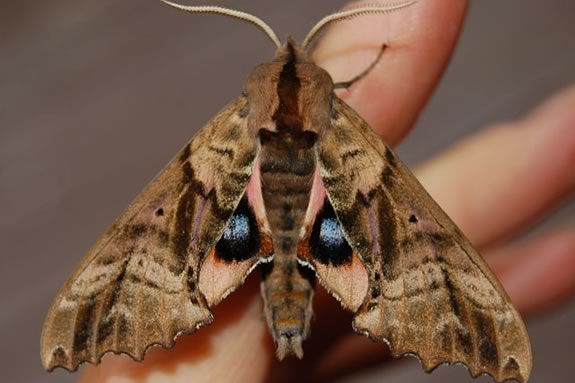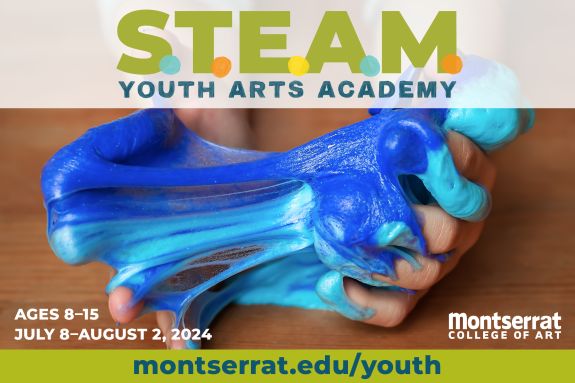CoastSweep: Annisquam River
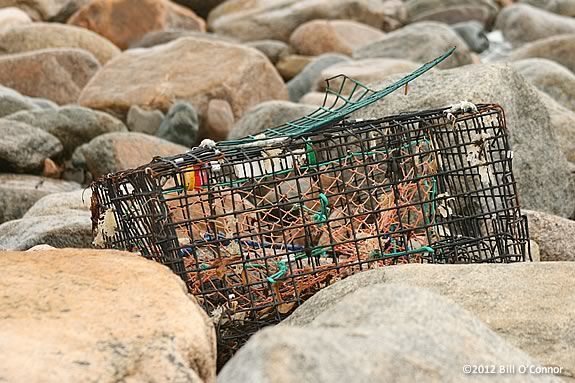
As part of COASTSWEEP Beach Cleanup, volunteers are encouraged to come to Gloucester to help in the statewide effort to keep our coastline clean along the Annisquam River. Trash collected will be measured and analyzed, and the data will be sent to Washington DC to aid the government in creating legislation to minimize trash in our oceans! This specific cleanup is coordinated by Jamie Mathison and the Gloucester Clean City Commission.

